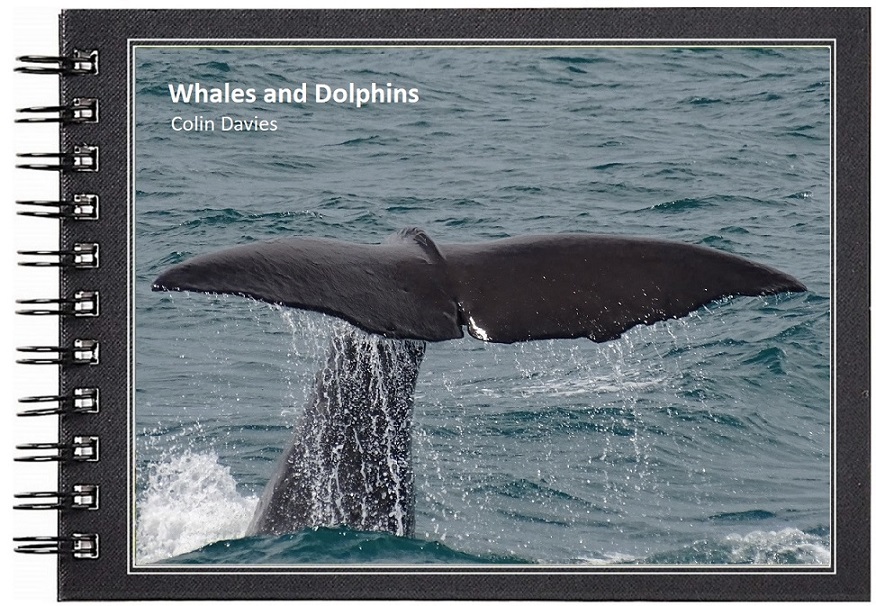 |
| Photo: Mother and calf dugong. |
The Shark Bay World Heritage Area covers around 2.2 million hectares and is about a 10 hour drive north of Perth, best accessed from Monkey Mia. There are many reasons for its listing as a World Heritage Area, one of which are the wonderful stromatolites at Hamelin Pool which deserve a post all of their own. Another reason is that it is home to a large population of dugongs which feed on the seagrass in the bay just offshore. Dugongs are neither whales or dolphins, they are in fact related to manatees, and are often called seacows, with Shark Bay having around 10% of the world population, about 10,000 animals. The holes you can see are not blow holes because the species does not have blow holes. They are in fact the dugongs nostrils and as you might expect, the eyes are behind the nostrils as you can see more clearly in the photo below.
Today we managed to see about 15 of these wonderful creatures, as well as about 10 Indo-Pacific bottlenose dolphins and a few awesome loggerhead turtles.
Today we managed to see about 15 of these wonderful creatures, as well as about 10 Indo-Pacific bottlenose dolphins and a few awesome loggerhead turtles.









